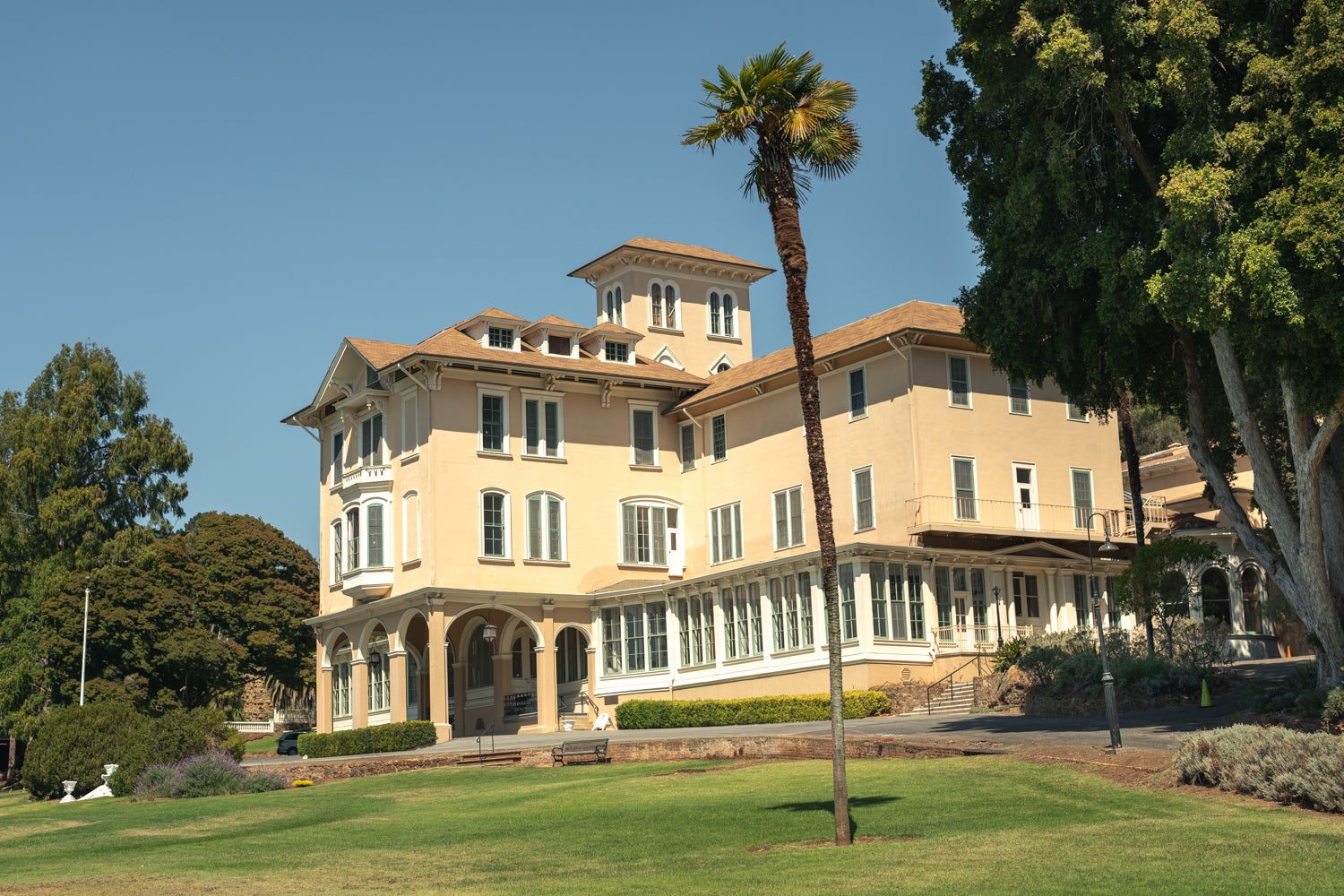Stanford submitted an application for a Conceptual Development Plan, which included the option to purchase the 46-acre Notre Dame de Namur University (NDNU) campus property in Belmont, Calif. in early October, according to a press release from Stanford News. In the long term, Stanford intends to use 700,000 square feet of the newly acquired space for academics and housing.
The San Francisco Chronicle reported that Stanford envisions adding up to 200 units of housing and 1,350 parking spaces for students, faculty and staff, as well as new buildings for education and community programs at the campus.
Notre Dame de Namur has faced financial difficulties and has been forced to scale down its programs. Stanford’s possible purchase of the campus is meant to provide new financial resources to the school, according to the Chronicle.
The campus is located in San Mateo County, approximately 11.5 miles away from Stanford’s main campus (a roughly 20-minute drive).
Stanford has yet to release specific plans for the campus.
“The agreement provides Stanford with an option to purchase the property by mid-2025. Should Stanford ultimately acquire the campus, it will make decisions about specific academic uses, and submit detailed and phased development plans to the city,” wrote University spokesperson Luisa Rapport in an email to The Daily.
Students have mixed feelings about Stanford’s latest purchase.
Taral Ajmera LLM ’23, a representative of the Stanford Law Association, remarked that adding more residential units that reflect Stanford’s subsidized housing rates could help more graduate students find accessible housing.
“Finding cheaper housing in Palo Alto is very, very difficult,” she said. “So either [students] end up paying more to live closer to the campus, or they live [further] and then they struggle with commuting to the campus. So I’m very supportive of providing more residential facilities to students.”
As part of its expansion, Stanford has proposed a benefits package for the Belmont community, including steps such as preserving Ralston Mansion (the former country house of William Chapman Ralston), opening Koret Field (an athletic field on the NDNU campus) for use, funding transportation improvements along the Ralston corridor and establishing a Stanford Belmont Educational Initiative, according to Stanford Belmont’s website.
Danya Adib-Azpeitia M.S. ’23, a former resident of Belmont, said she hopes that these efforts will succeed in relieving congestion along the Ralston corridor and preserving historical architecture, but is skeptical that they will work.
“It feels like Stanford often isn’t really listening to what the community is actually asking for,” she said.
Stanford Belmont’s website indicates that it “launched an extensive community outreach effort a year ago with a key goal to understand how Belmont residents engage with the campus, and how they would like to further engage with it.” This outreach effort drove Stanford’s decisions in its community benefits package, according to the website.
Some students ventured that the new campus could serve as a prime location for working professionals in the Bay Area Peninsula to advance their careers through Stanford’s Continuing Studies programs, which is currently focused on online coursework for adult students.
Olivia Loh M.S. ’25 and a student from Stanford’s Honors Cooperative Program proposed that the new campus could “act as a central start-up hub,” providing office space to the multitudes of Stanford-born ventures with “support from the Silicon Valley experts around them.”
Other students, however, are skeptical. Anusha Dwarkanath ’26 and Joy Ghosh ’26 are concerned that the funds devoted to Stanford’s expansion could be put to better use helping existing students.
For instance, Dwarkanath suggested Stanford allocate these funds to bring in more international students through need-blind assistance.
Adib-Azpeitia noted that the budget could be used to help graduate students.
“That money might be better used to provide rent relief in the form of a stipend to graduate students, rather than building new housing 25 to 40 minutes away from campus,” she said. Funds could also be allocated to support local outreach programs and invest into community colleges as part of Stanford’s goal of civic engagement, she added.
Ajmera also questioned Stanford’s ability to implement security measures and convenient transit plans on a new campus, when the safety protocols and transportation on its main campus are insufficient. She further discussed the need to address immediate student issues over prioritizing a 30-year restoration project on an inaccessible campus.
Stanford’s next step is to wait for the city of Belmont to process the application and begin its environmental review of the plan, according to Stanford’s press release.
This article has been updated to reflect that Stanford has submitted an application for a Conceptual Development Plan. The Daily regrets this error.
